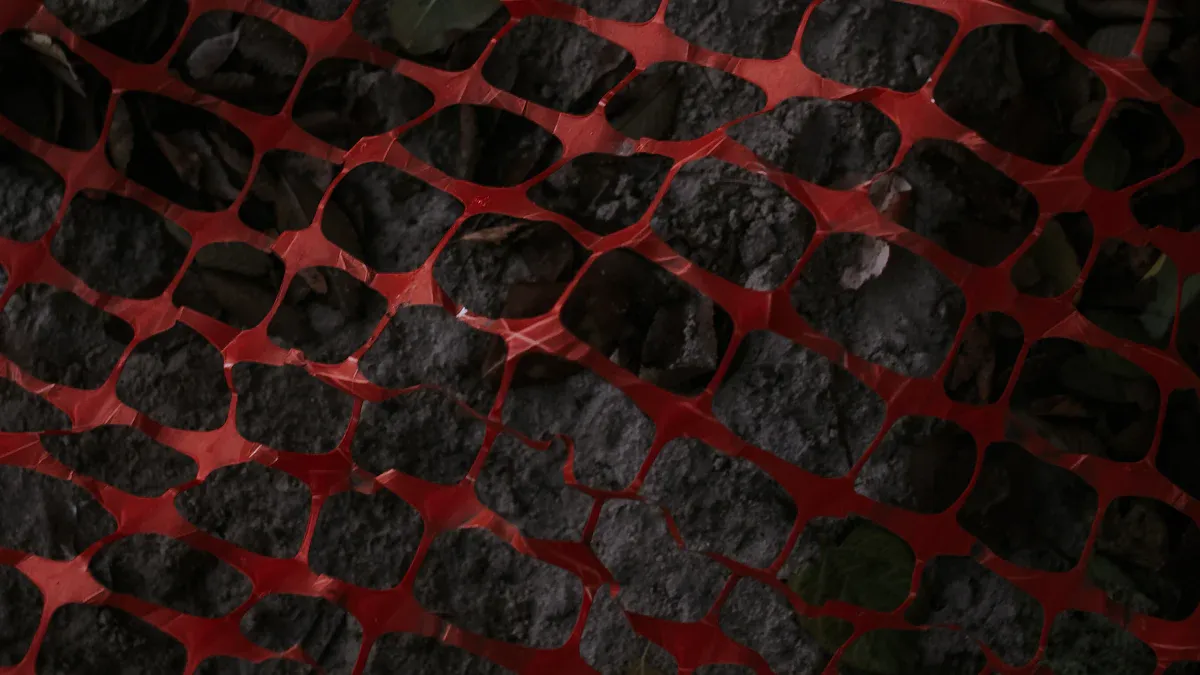
Graphite conducts electricity because of its unique structure. Carbon atoms in graphite form layers, and some electrons move freely between them. These delocalized electrons carry electrical charges efficiently. You might notice graphite coating in industrial tools, which enhances conductivity and durability. This property makes graphite a standout material among non-metals.
Key Takeaways
- Graphite can conduct electricity because of its special layered design.
- It has free-moving electrons that travel between the layers easily.
- Graphite is used in batteries and electrodes since it doesn’t rust.
- It also works well even when exposed to high heat.
- Unlike diamond, which cannot conduct electricity, graphite can.
- This makes graphite very useful in today’s technology.
The Structure of Graphite

Layered arrangement of carbon atoms
Graphite has a fascinating structure that sets it apart from other materials. You can think of it as a stack of thin sheets, where each sheet is made up of carbon atoms arranged in a hexagonal pattern. These sheets, often called layers, are held together by weak forces known as van der Waals forces. This arrangement allows the layers to slide over each other easily, which is why graphite feels slippery to the touch.
Each carbon atom in a layer bonds with three neighboring atoms, forming a flat, two-dimensional network. This unique arrangement gives graphite its strength within the layers while keeping it soft overall.
Tip: The layered structure of graphite is why it’s used in pencils. When you write, the layers rub off onto the paper, leaving a mark.
Delocalized electrons and their role in conductivity
In graphite, not all electrons are tightly bound to their atoms. Each carbon atom contributes one electron that becomes “delocalized.” These delocalized electrons move freely across the layers, acting like tiny carriers of electricity.
When you connect graphite to a power source, these free electrons flow, creating an electric current. This movement of electrons is what makes graphite an excellent conductor.
Conductivity within and between graphite layers
Graphite conducts electricity much better within its layers than between them. The delocalized electrons move effortlessly along the flat planes of carbon atoms. However, the weak forces between layers make it harder for electrons to jump from one layer to another.
This property makes graphite unique. You’ll find it used in applications where directional conductivity is important, such as in batteries and electrodes.
Note: The difference in conductivity within and between layers is why graphite is considered anisotropic—it behaves differently depending on the direction of the current.
Graphite vs. Diamond: Understanding the Difference

Structural differences between graphite and diamond
Graphite and diamond, though both made of carbon, have entirely different structures. In graphite, carbon atoms form flat layers arranged in a hexagonal pattern. These layers stack loosely, held together by weak van der Waals forces. This arrangement allows the layers to slide over each other, giving graphite its softness and slipperiness.
Diamond, on the other hand, has a rigid three-dimensional structure. Each carbon atom bonds strongly with four neighboring atoms, forming a tetrahedral network. This tight bonding makes diamond one of the hardest materials on Earth.
Fun Fact: The same element, carbon, creates both the soft graphite in pencils and the hard diamond in jewelry. The difference lies in how the atoms connect.
Why diamond is an electrical insulator
Diamond cannot conduct electricity because it lacks free-moving electrons. All of its electrons remain tightly bound in covalent bonds. This prevents the flow of electric current. Even under high voltage, diamond resists electrical conduction, making it an excellent insulator.
In contrast, graphite’s delocalized electrons move freely within its layers. This key difference explains why graphite conducts electricity while diamond does not.
Unique conductive properties of graphite
Graphite’s conductivity comes from its delocalized electrons. These electrons move easily along the layers, carrying electrical charges efficiently. This property makes graphite unique among non-metals. You’ll find it used in electrodes, batteries, and even as a lubricant in high-temperature environments.
Tip: When choosing materials for electrical applications, consider graphite for its excellent conductivity and versatility.
Advantages and Applications of Graphite
Benefits of graphite as a conductor
Graphite stands out as a conductor due to its unique properties. Its delocalized electrons allow electricity to flow efficiently, making it a reliable choice for various applications. Unlike metals, graphite resists corrosion and performs well under extreme conditions. You can rely on it for consistent conductivity, even in high-temperature environments. Its lightweight nature also makes it easier to handle and integrate into devices. These benefits make graphite an essential material in industries requiring dependable electrical performance.
Graphite coating in industrial applications
Graphite coating plays a crucial role in enhancing the performance of industrial tools and equipment. This coating improves conductivity and reduces wear and tear, extending the lifespan of machinery. You’ll often find it applied to surfaces that need to withstand high temperatures or friction. For example, graphite coating is used in molds for metal casting, where it prevents sticking and ensures smooth operations. It also serves as a protective layer in aerospace and automotive industries, where durability and efficiency are critical. By using graphite coating, industries achieve better performance and cost savings.
Use in batteries, electronics, and other industries
Graphite has become a key material in modern technology. In batteries, it acts as an electrode, enabling efficient energy storage and transfer. You’ll find it in lithium-ion batteries, which power smartphones, laptops, and electric vehicles. In electronics, graphite ensures reliable conductivity in circuits and components. Its use extends to other industries as well. For instance, it serves as a lubricant in machinery and a heat-resistant material in furnaces. These diverse applications highlight graphite’s versatility and importance in advancing technology.
Graphite’s ability to conduct electricity comes from its delocalized electrons and layered structure. These features make it a standout material for electrical applications. Unlike diamond, which lacks free-moving electrons, graphite offers superior conductivity.
Key Takeaway: Graphite’s versatility and efficiency ensure its role in advancing industries like electronics, energy storage, and manufacturing.
FAQ
Why is graphite better than metals for some electrical applications?
Graphite resists corrosion and performs well under extreme temperatures. Its lightweight nature and directional conductivity make it ideal for specialized applications like batteries and electrodes.
Can graphite conduct heat as well as electricity?
Yes, graphite conducts heat efficiently along its layers. This property makes it useful in high-temperature environments, such as furnaces and heat-resistant coatings.
Is graphite environmentally friendly?
Graphite is more sustainable than many metals. It is naturally abundant and recyclable, making it a greener choice for industries like electronics and energy storage.


